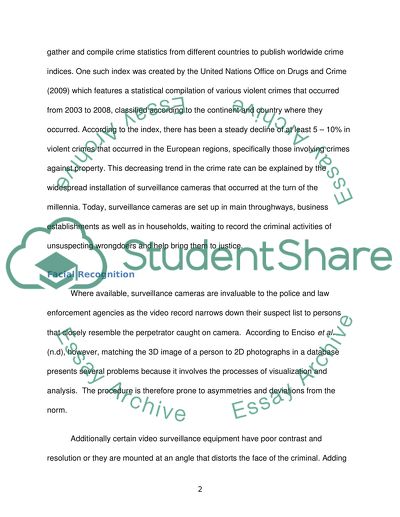Cite this document
(“Facial landmarking (mapping) on the FBI facial catalogue Literature review”, n.d.)
Retrieved from https://studentshare.org/other/1429004-facial-landmarking-mapping-on-the-fbi-facial
Retrieved from https://studentshare.org/other/1429004-facial-landmarking-mapping-on-the-fbi-facial
(Facial Landmarking (mapping) on the FBI Facial Catalogue Literature Review)
https://studentshare.org/other/1429004-facial-landmarking-mapping-on-the-fbi-facial.
https://studentshare.org/other/1429004-facial-landmarking-mapping-on-the-fbi-facial.
“Facial Landmarking (mapping) on the FBI Facial Catalogue Literature Review”, n.d. https://studentshare.org/other/1429004-facial-landmarking-mapping-on-the-fbi-facial.


